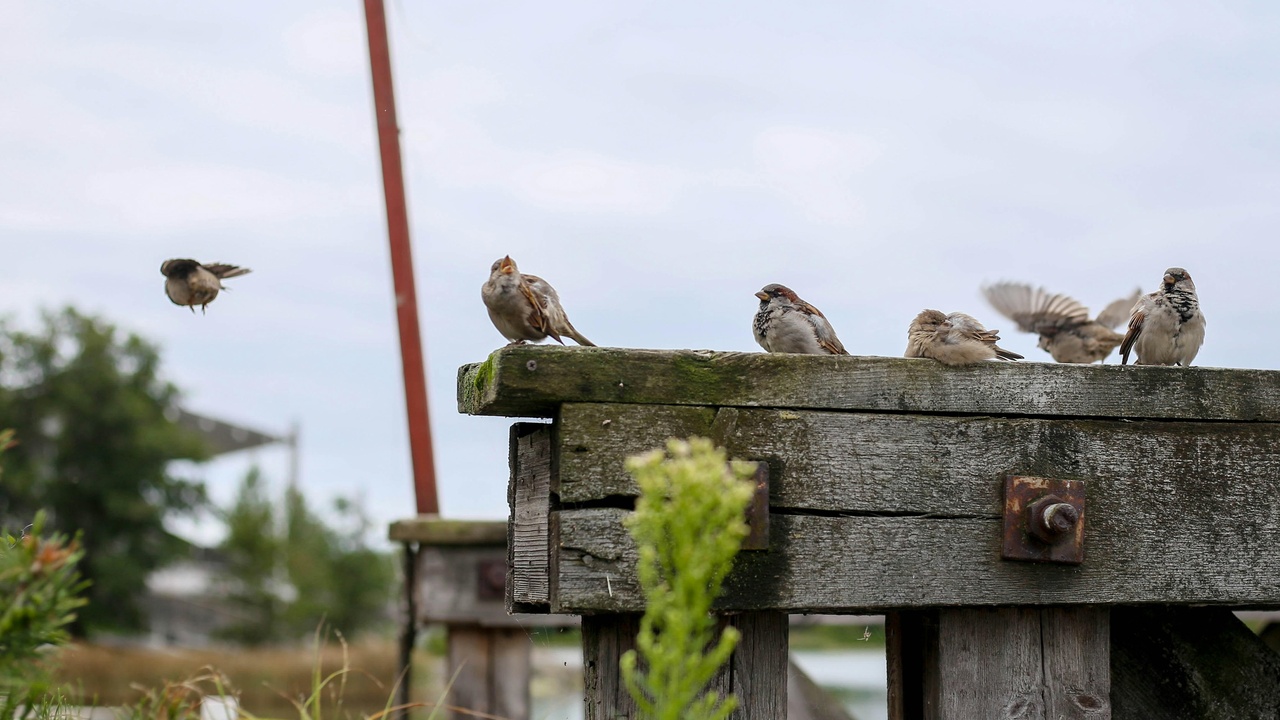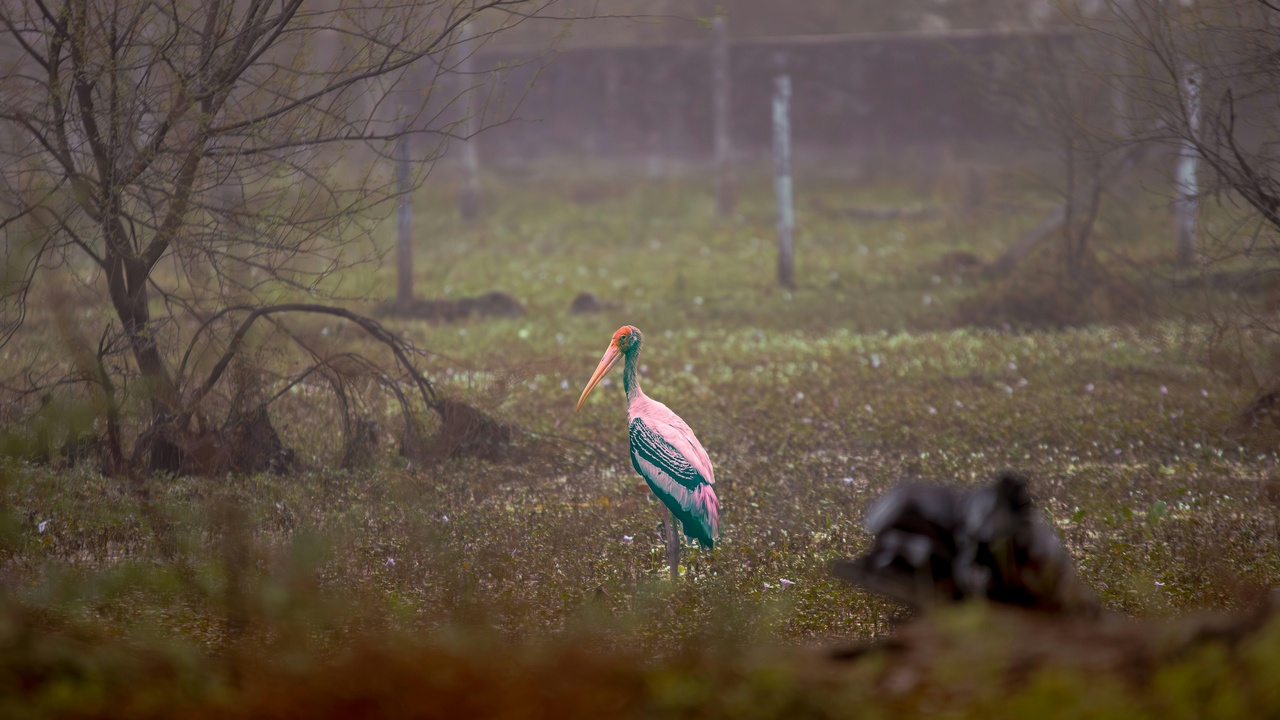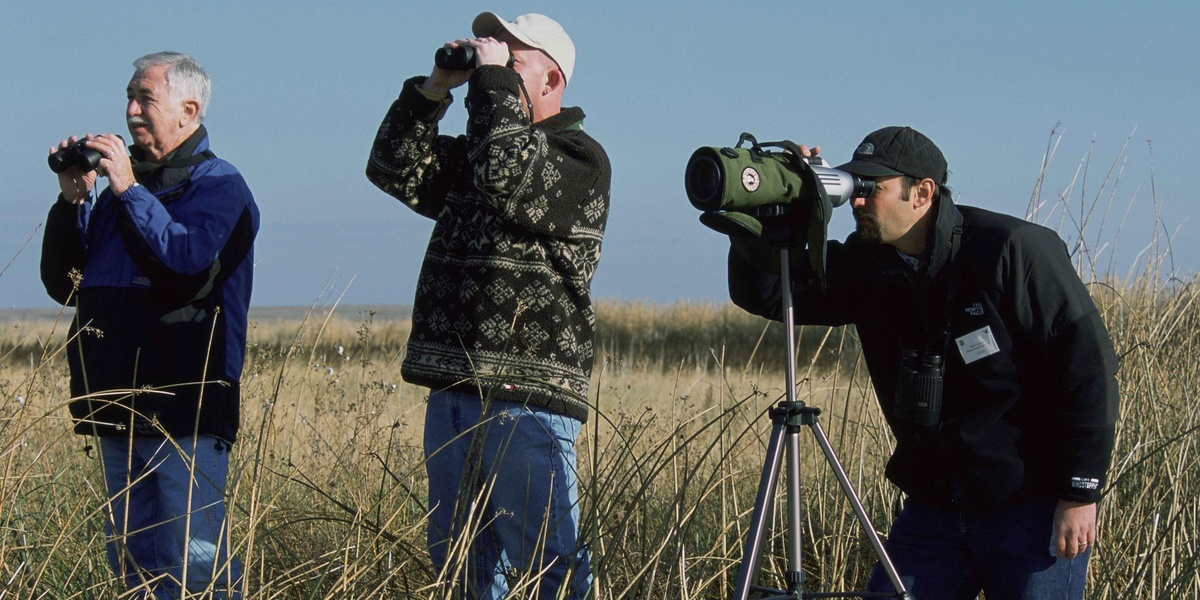In the late 1800s, amateur naturalists with pocket binoculars and field guides helped map bird ranges across continents — a modest hobby that fed both science and community.
The benefits of birdwatching are accessible, low-cost, and surprisingly wide-ranging, from quick mood boosts to contributions that shape conservation policy. With simple gear and a little time, people in cities and the countryside can tap into those gains.
Birdwatching is more than a gentle pastime: it delivers measurable mental and physical health gains, sharpens cognition, builds communities, supports conservation science and even boosts local economies. Below I’ll explain seven concrete benefits organized into three themed sections: Health & Wellbeing, Cognitive & Community, and Conservation, Environmental & Economic. Along the way you’ll see practical tips, research-backed facts, and resources you can try right away (including how to log sightings on eBird).
Health & Wellbeing Benefits

Spending time outdoors while paying focused attention to birds combines light exercise, nature exposure, and a form of mindfulness that public-health literature links to better wellbeing. Many studies show contact with green spaces lowers physiological stress, and health organizations encourage regular moderate activity and outdoor time as part of a healthy routine.
That mix makes birdwatching a practical way to meet those recommendations without a gym membership. Read on for three specific ways this plays out in daily life.
1. Improved Mental Health and Stress Reduction
Watching birds calms the mind and reduces markers of stress such as cortisol, according to a growing body of nature-and-health research. Organizations like the RSPB and the Mental Health Foundation point to regular nature contact as one tool for supporting mood and resilience.
Short sessions—just 10–30 minutes of focused observation or a quick park visit—can cut rumination and lift mood. Urban residents can use window feeders or a 15-minute listening walk outside to get similar effects.
Clinicians have even adopted Park Rx-style programs where a prescription simply recommends time outdoors as part of a treatment plan, making birdwatching an easy, low-risk option for many people.
2. Gentle Physical Activity and Better Fitness
Birdwatching naturally encourages walking, standing, and gentle hiking—activities that add up toward public-health targets. The World Health Organization recommends 150 minutes of moderate activity per week, and regular bird walks are a straightforward way to reach that total.
Examples include a 60-minute guided bird walk at a local park, neighborhood morning walks to look for migrant songbirds, or multi-hour field trips on weekends. The hobby is low-impact and well suited to older adults and people easing back into activity.
Basic gear—good binoculars (brands like Nikon or Swarovski), a field guide, and sturdy footwear—makes outings more comfortable but isn’t required to start. Even a short daily loop around the block while scanning for birds counts as exercise.
3. Mindfulness, Focus, and Cognitive Calm
Birdwatching is an attention-based hobby: you scan, identify, and listen. That steady, purposeful attention is a practical form of mindfulness that aligns with Attention Restoration Theory, which shows natural settings help restore depleted cognitive resources.
Sustained attention to bird behavior reduces mental noise and improves short-term concentration. A simple exercise is a 15-minute listening session during a work break—sit quietly, note calls and songs, and write a one-line observation when you return.
Apps like Merlin can guide focused listening and identification, turning a brief pause into a measurable reset for the rest of your day.
Cognitive, Learning & Community Benefits

Birdwatching stimulates lifelong learning and creates social ties. From ID challenges to organized citizen-science projects, the hobby offers mental stimulation and opportunities to connect with neighbors, mentors, and youth in local programs.
Both learning and social interaction are important for healthy aging and community cohesion. Below are two major ways birding delivers on those fronts.
4. Lifelong Learning and Cognitive Stimulation
Birdwatching is intellectually engaging: identification, seasonality, migration timing, and behavior provide ongoing challenges that exercise memory and classification skills. Many birders return year after year because there’s always something new to learn.
Concrete resources make that learning scalable: field guides such as the National Geographic Field Guide to Birds, online ID workshops, and apps like Merlin. Citizen-science platforms also turn casual sightings into learning opportunities—eBird has grown to more than 1 million contributors and over a billion observations as of 2023 (Cornell Lab of Ornithology).
Logging sightings and reviewing past checklists strengthens memory and helps you notice patterns like migration timing or local abundance shifts.
5. Social Connection and Community Building
Birdwatching commonly happens in clubs, guided field trips, and community events, which build social bonds across ages and backgrounds. Local Audubon chapters and similar groups host walks that connect newcomers with experienced volunteers.
Long-running events such as the Christmas Bird Count—begun in 1900—demonstrate how birding brings communities together and contributes to science. Youth birding clubs and schoolyard habitat projects create intergenerational ties and mentorship opportunities.
Group outings and volunteering also support mental and physical health by combining social support with time outdoors and light activity.
Conservation, Environmental & Economic Benefits

Birdwatchers supply observations that researchers and managers use to track populations, detect declines, and target conservation action. At the same time, bird-related tourism and retail spending bring measurable income to towns, guiding services, and equipment sellers.
Below are two concrete ways birding translates into conservation outcomes and local economic activity.
6. Boosting Conservation Science and Policy
Birdwatchers are among the largest contributors to citizen-science datasets, and those datasets power research and policy. Large-scale surveys and platforms reveal long-term trends that would be costly or impossible otherwise.
A striking example: a 2019 peer-reviewed study estimated a loss of roughly 3 billion birds in North America since 1970, a decline that citizen-science data helped document. Tools like eBird and organized surveys such as the Breeding Bird Survey and Christmas Bird Count feed species assessments and habitat planning.
Local cases show real outcomes: eBird data and regional atlas projects have supported reserve designations and informed habitat management plans, improving protection for key stopover sites and nesting areas.
7. Economic Benefits: Ecotourism and Local Business Support
Birdwatching generates tourism and consumer spending that benefits guides, lodging, restaurants, and gear retailers. The U.S. Fish & Wildlife Service reported wildlife-watching expenditures in the tens of billions of dollars in its 2016 survey, showing the sector’s scale.
Even modest birding festivals or peak migration seasons can bring substantial revenue to small towns. Guided tours, regional spring migration festivals, and specialty shops selling optics and field guides create local jobs and repeat visitors.
When communities invest in habitat protection and welcoming infrastructure—viewing platforms, signage, and trained guides—the benefits of birdwatching extend to economic development and sustainable tourism that supports both people and place.
Summary
- Birdwatching supports mental and physical health through regular nature contact and focused attention.
- Identification and logging skills (via field guides, Merlin, and eBird) keep the mind sharp; eBird now has over 1 million contributors and 1 billion+ observations (Cornell Lab, 2023).
- Citizen observations reveal large-scale trends—such as the ~3 billion birds lost in North America since 1970—and inform conservation and management.
- Birding also creates real economic value: U.S. wildlife-watching expenditures reached tens of billions in the 2016 U.S. Fish & Wildlife Service survey, and festivals and tours boost local businesses.
- Try it this week: spend 15–30 minutes observing or listening for birds, log your checklist to eBird, or join a local Audubon chapter for a guided walk.





